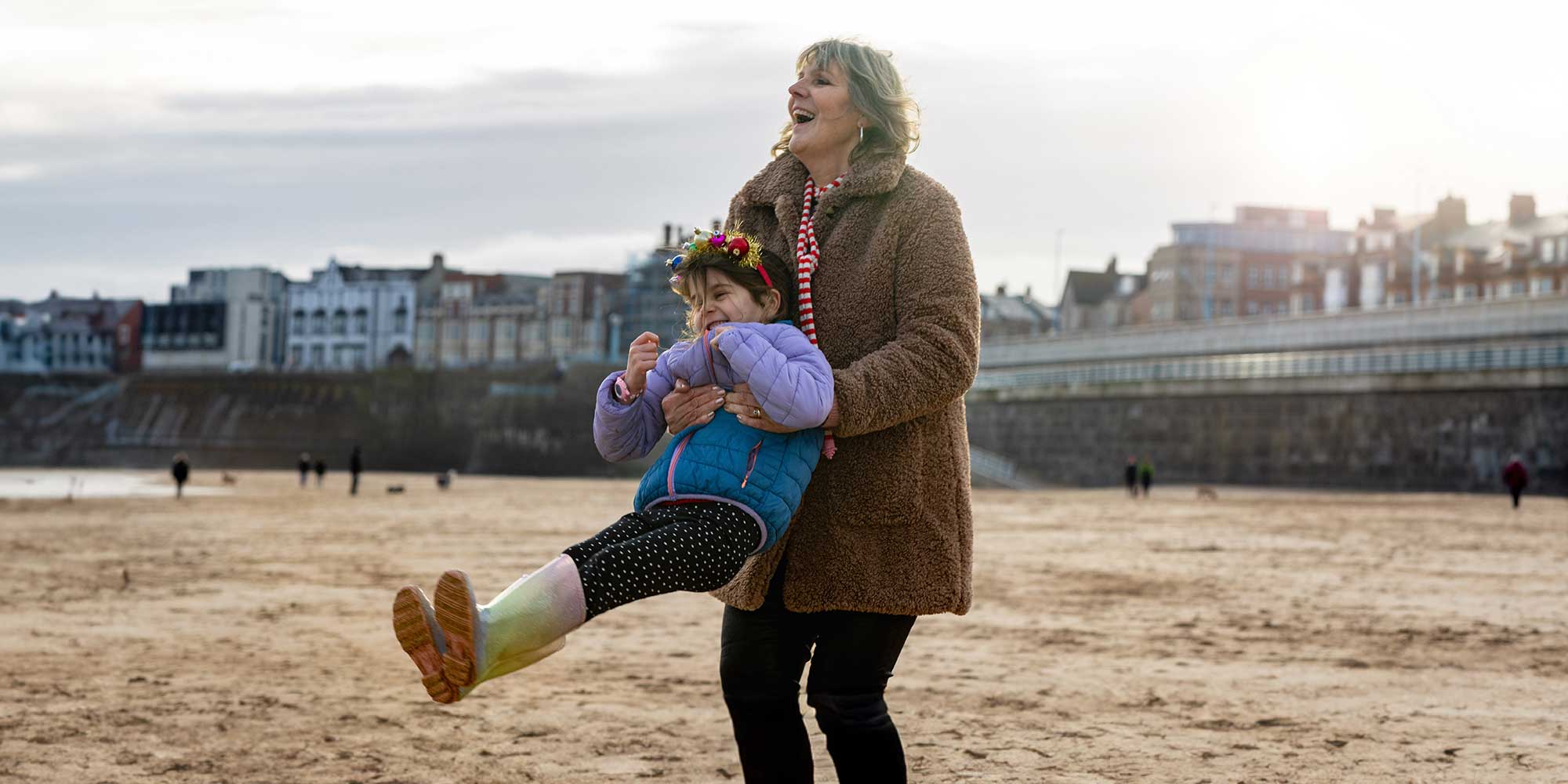
Get a year of super-useful advice
Get the best deals, avoid scams, and grow your savings with expert guidance all year for only £36.75 that’s 25% off.
Join Which? MoneyOffer ends 8th January 2026
By clicking a retailer link you consent to third-party cookies that track your onward journey. This enables W? to receive an affiliate commission if you make a purchase, which supports our mission to be the UK's consumer champion.

Thousands more parents and grandparents are helping young people save for retirement, will millions now tucked away in children's pension pots.
According to the latest HMRC data, total contributions for under 18s rose to £79.6m in the year to 5 April 2023, up from £75.9m the year before.
Analysis by Lubbock Fine Wealth Management also found the number of young pension savers climbed from 42,000 to 45,000 over the same period.
Here, Which? explains whether it’s worth opening a pension for your child or grandchild, how much you can put away, and the specific benefits available.
A child’s pension is a Junior Self-Invested Personal Pension (SIPP) and one can only be set up by a child's parents or legal guardian.
You can pay up to £2,880 into a child’s pension for the 2025-26 tax year, and when you factor in the 20% in tax relief from the government, this adds up to £3,600.
The tax relief happens automatically through ‘relief at source’, so you won’t need to complete any forms or self-assessment paperwork.
Most children won't have their own earnings, but if they do, they can pay in up to their annual income or £60,000 – whichever is lower.
Junior SIPPs allow parents or guardians to choose from funds, shares or bonds.
Once the child turns 18, they can take over the account, though the money can't be accessed until at least age 57 (rising to 58 in 2044). Contributions can continue even after they reach 18.
According to calculations from Hargreaves Lansdown, if contributions of £100 per month – which includes the basic-rate tax relief – are made from a child's birth until age 18, you could build a pot of over £30,000.
This assumes a steady 5% annual investment growth with an annual charge of 1.25%. If no further payments are made, the remaining pot could still grow to over £140,000 by age 60.
Contributing the maximum allowed amount to the SIPP every year from birth until age 18 could build a pot worth around £420,000 by age 60 – even if the child never makes another contribution afterwards.
As auto-enrolment for workplace pensions is currently set at age 22, contributions made during those early years can significantly enhance a young person's retirement pot, providing them with a substantial head start.
Andrew Tricker, director at Lubbock Fine Wealth Management, added: 'People often start their pension too late in life meaning they miss out on a lot of compounding.'
Parents and grandparents are increasingly using Junior SIPPs as part of their inheritance tax (IHT) planning, notes Tricker.
This is because by gifting money to your children and grandchildren, you’re removing money from your own estate, which could help reduce any IHT when you die.
Tricker said: 'Parents and grandparents see contributing to children’s pensions as an effective way to reduce the size of their estate – whilst also ensuring their heirs don’t spend their inheritance too early.’
Pension contributions are classed as gifts for IHT purposes. They may be exempt if they fall within the £3,000 annual gifting allowance or count as ‘normal expenditure out of income’ – meaning they’re regular, come from income (not capital), and don’t reduce your usual standard of living.
Unused exemptions can be carried over for one tax year (up to £6,000). You can also give smaller gifts of up to £250 per person each year.
Any gifts made more than seven years before death are IHT-free. If you die within seven years, the IHT bill may be reduced through taper relief.
From 6 April 2027, pensions will no longer be exempt from inheritance tax under changes announced in the 2024 Budget. Some experts believe this could prompt more families to transfer money into children’s pensions sooner.

Get the best deals, avoid scams, and grow your savings with expert guidance all year for only £36.75 that’s 25% off.
Join Which? MoneyOffer ends 8th January 2026
There are other options for saving for your children and grandchildren. These include:
Parents or legal guardians can open a Junior Isa (Jisa), and anyone can pay in once it’s set up. There are two types to choose from:
Like a Junior pension, a Jisa must be set up by a parent or legal guardian, but once it's open, anyone can pay into it.
You can pay in up to £9,000 per child each tax year (2025/26), split between the two types however you choose. The annual limit can’t be rolled over, so if you don’t use it, you lose it.

Find the right savings account for you using the service provided by Experian Ltd
Compare and chooseRun by National Savings & Investments (NS&I), Premium bonds offer the chance to win monthly tax-free prizes instead of earning interest.
Prizes range from £25 to £1 million, and anyone aged 16 or over can buy them – either for themselves or as a gift for a child.
While anyone can make the purchase, only a nominated parent or legal guardian can manage the bonds on the child’s behalf.
You can invest from £25, up to a maximum of £50,000. As of October 2025, the prize fund rate stands at 3.60%, with odds of 22,000 to one for each £1 bond.